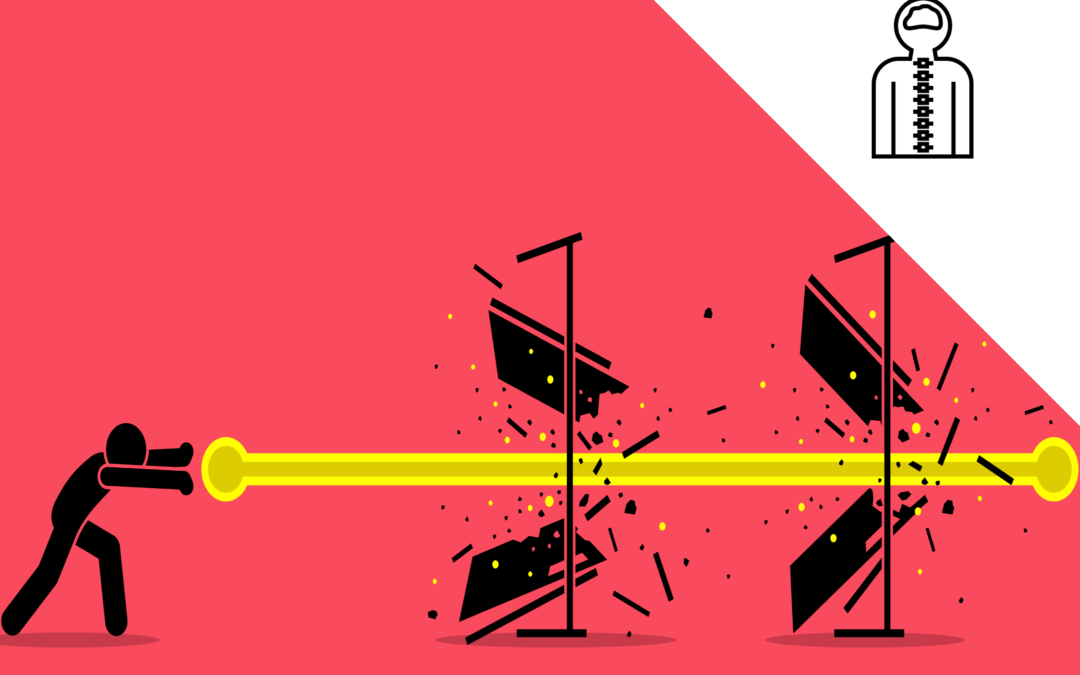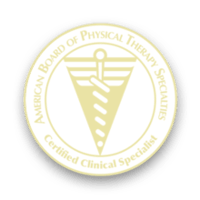Mental barriers might just be the #1 thing, that stops someone from reaching their full potential. Recovering from a neurologic injury elevates this to a whole other level. Neurologic rehabilitation is (often times) slow. And recovery may take years.
Neurologic rehabilitation will test you physically and mentally
That being said, the recovery process requires a TON of physical endurance, and mental fortitude. It will test you physically and mentally. Physically, you must relearn movements you have been doing all your life. Equally, challenging is the mental side. Mentally, you must find a way to push through plateaus, overcome setbacks, and mitigate mental barriers.
So, how do you stay motivated during the rehab process? James Clear talks about this idea of the “1% strategy” (paraphrased), in his book Atomic Habits. When you understand this idea and how you can apply it to your rehabilitation journey, there is nothing you can’t accomplish.
Stop mental barriers with the 1% strategy
If you follow me on YouTube ?, you know I say this a lot. “work on being 1% better”. I encourage you to celebrate the small victories…… I learned about this philosophy in the book I mentioned above.
In the book, the author talks about how the British cycling team adopted this philosophy in 2003. It ultimately lead them to end an alomost 100 year streak of NOT metaling in any world or olympic competition. Beyond that, it led them to dominate the world and olympic stages from 2007-2017.
So how did they do it? They adopted a strategy called “aggregation of marginal change” (yeah, not gonna lie, had to read that one twice ??♀️).
(The author) describes this “philosophy” as “searching for a tiny margin of improvement in everything you do”.
The idea was that if you broke down everything that went into riding a bike and improved it by 1%, when you put it all back together, you would see a dramatic improvement.
And that is what the team did……….
They made changes to the bikes and the uniforms to make them lighter and more aerodynamic.
But they didn’t stop there.
Their road to succes included testing different massage gels to see which one led to “fastest muscle recovery”.
(disclaimer: I don’t think massage gel does anything for muscle recovery). Ok, not the point…..moving on…..?
The team hired a surgeon to teach the riders how to wash their hands to prevent the chances of them getting sick.
In addition to this, they changed their mattresses and pillows so they would get better sleep.
And the most interesting change of all, they painted the inside of all the trucks white so that they could better spot the dust that might get missed. (apparently a little speck of dust can degrade the finely tuned bikes) ?
and so on and so on.
What is the benefit of the 1% philosophy?
Now, here is the point.
A cyclist could care less about which massage gel they use, or if the inside of a truck is white, black, green or blue.
However, these little, 1% changes, resulted in a HUGE change in their performance.
So what on earth does this have to do with YOU???
Why will this philosophy work to stop mental barriers that hold you back?
Do you want to walk better? Stand better? Walk faster? Walk with less pain?
The way to get there is in the details.
It is the way I design every single plan for every single patient.
And the ones who trust me and trust the process eventually see the BIG results.
Are you annoyed with wasting time “stretching” when you could be “strengthening”
Or feel like standing is a waste of time when you could be walking?
Think about this……
“aggregation of marginal change”
Whether your goal is to improve your walking, sitting, standing, taking a shower. or finishing a marathon…………….the devil progress is in the details. ?
How can the 1% strategy improve walking?
I mention walking because for the most part 99% of the goals my patients have involve something to do with their walking. So, if you have a walking goa, here is how you can apply this:
Search for every little (1%) detail that goes into walking and get those things better.
– keeping your trunk straight
– keeping your nose pointed forward in sitting
– lengthening tight muscles (needed for proper movement)
– standing with your weight evening distributed between your feet……..etc.
These are just a few.
How to overcome discouragement in neurologic rehabilitation?
Are you discouraged? Does it seem like you are never going to achieve your goals? Do you think back on the last month and feel like nothing has improved? Maybe it is what you are focusing on. ………..
“aggregation of marginal change”…….. “search for a tiny bit of improvement in everything you do”.
Focus on the little things that ARE improving. Take your eyes off the “big picture” (walking), and break it down into smaller things that you can change this week. (for example, the list above).
Above all else, believe in yourself and your capabilities. Furthermore, believe that these little things WILL turn into the big things you are working for.






